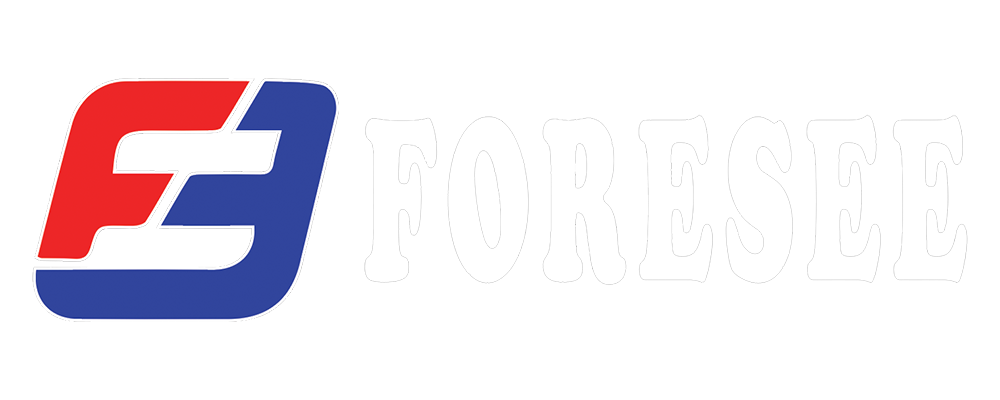Troubleshooting welding problems involves identifying specific issues and systematically addressing them. Here's a more detailed guide:...
Knowledge Tips
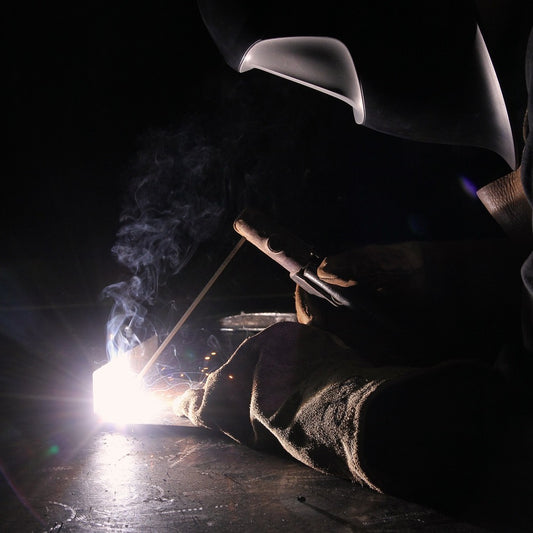
Troubleshooting welding problems involves identifying specific issues and systematically addressing them. Here's a more detailed guide:...
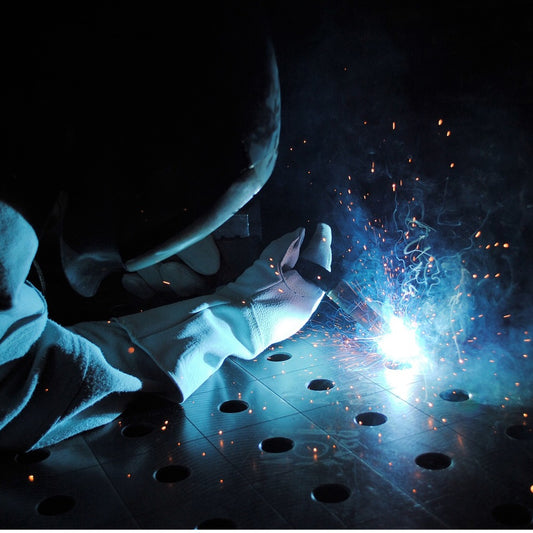
Mild Steel Welding: Material Composition: Primarily iron with a small amount of carbon. Corrosion Resistance: Low...
Mild Steel Welding: Material Composition: Primarily iron with a small amount of carbon. Corrosion Resistance: Low...
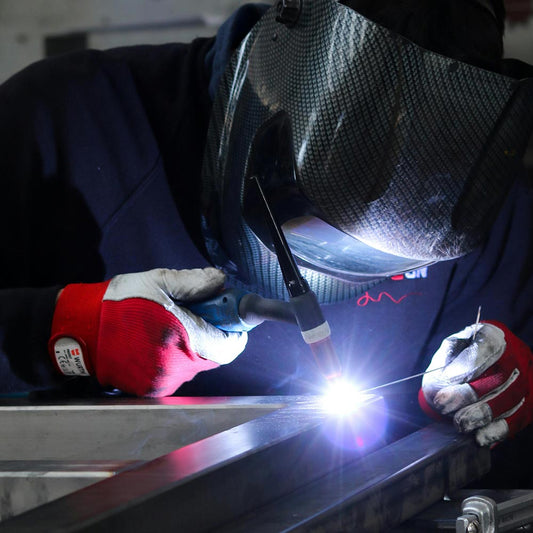
ER4043 and ER5356 are both commonly used welding wires, particularly in the aluminum welding industry. They...
ER4043 and ER5356 are both commonly used welding wires, particularly in the aluminum welding industry. They...
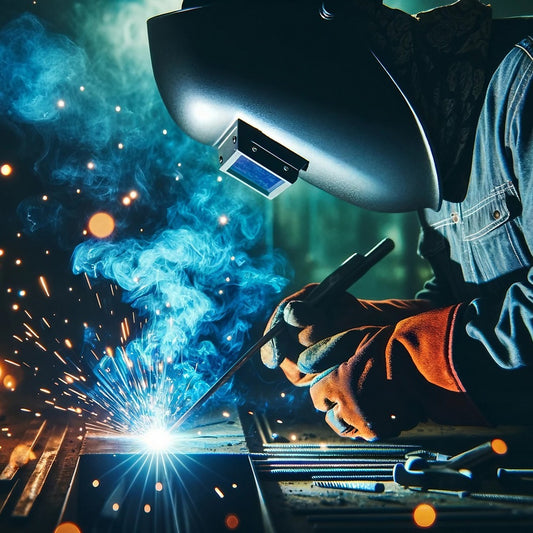
ER316L and ER308L are both stainless steel filler metals commonly used in welding, but they have...
ER316L and ER308L are both stainless steel filler metals commonly used in welding, but they have...

E71T-1 and E71T-11 are both flux-cored wires but have distinct differences in terms of performance, usage, and environment. Here's...
E71T-1 and E71T-11 are both flux-cored wires but have distinct differences in terms of performance, usage, and environment. Here's...
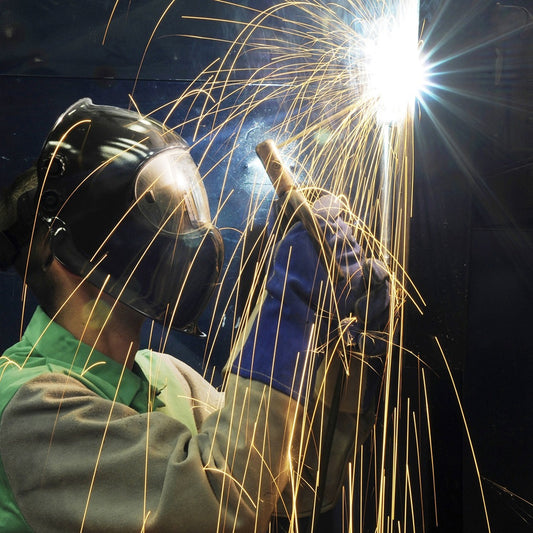
E71T-GS and E71T-11 are both flux-cored, self-shielding welding wires, but they differ in specific characteristics and...
E71T-GS and E71T-11 are both flux-cored, self-shielding welding wires, but they differ in specific characteristics and...
